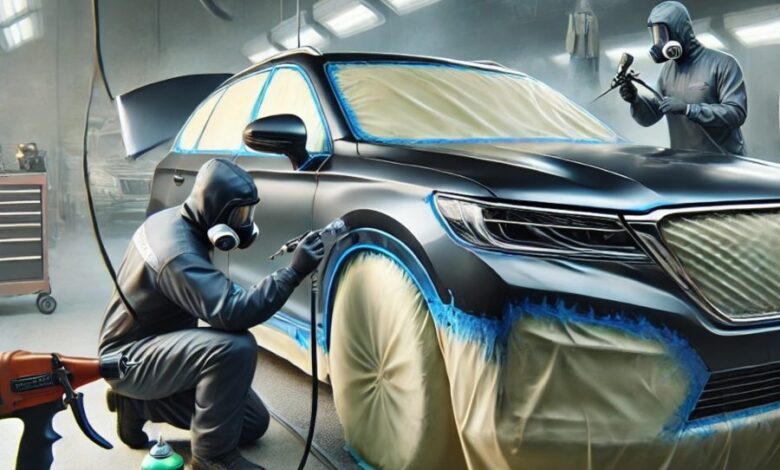Sunroof Safety Features: What You Should Know About Protection

A sunroof can transform your driving experience, offering fresh air, natural light, and a connection to the outdoors. While the allure of an open roof is undeniable, understanding the safety features and potential risks is crucial. Modern sunroofs are designed with numerous features to ensure occupant safety, but drivers need to be aware of how these systems work and how to use them responsibly.
Tempered Glass and Impact Resistance
Modern sunroofs are primarily constructed from tempered glass, a type of safety glass that undergoes a specific heat treatment process. This process makes the glass significantly stronger and more resistant to impacts compared to standard glass. In the event of an accident, tempered glass is designed to shatter into small, blunt fragments rather than sharp shards. This dramatically reduces the risk of serious injuries to passengers inside the vehicle. Furthermore, many automakers incorporate additional strengthening measures, such as laminated glass layers, further enhancing the sunroof’s impact resistance and preventing complete separation from the vehicle frame during collisions.
Anti-Pinch Technology and Obstruction Detection
One of the most important safety features in a modern sunroof is anti-pinch technology. This system is designed to prevent injuries by automatically halting the sunroof’s movement if it detects an obstruction, such as a hand or a head, during closing. Sensors along the sunroof’s edges monitor for resistance, and if any is detected, the motor immediately stops and often reverses direction slightly. This feature is particularly crucial for protecting children and pets who might be tempted to peek out of the sunroof as it closes. Regularly checking the functionality of the anti-pinch system by the Auto Repair in Oak Grove, MO is advisable to ensure it’s working correctly.
Roll-Over Protection and Structural Integrity
The roof of a vehicle, including the area housing the sunroof, plays a vital role in the vehicle’s structural integrity, especially during a rollover accident. Automakers rigorously test vehicles with sunroofs to ensure they meet stringent safety standards. Reinforcements are often incorporated into the roof structure around the sunroof opening to compensate for the reduced metal area. This ensures that the roof can withstand significant forces and provide adequate occupant protection during a rollover. While a sunroof does slightly compromise the roof’s overall strength compared to a solid roof, modern engineering minimizes this impact through strategic design and material usage.
Responsible Sunroof Use and Maintenance
Beyond the built-in safety features, responsible sunroof use is paramount. Never allow passengers to extend their body parts outside the sunroof opening, regardless of how tempting it may be. This poses a serious risk of injury from external objects or in the event of a sudden stop or collision. Regularly inspect the sunroof’s seals and drainage channels to ensure they are free from debris. This helps prevent leaks and maintains the sunroof’s smooth operation. Additionally, familiarizing yourself with the owner’s manual for specific instructions on operating and maintaining your sunroof is essential for maximizing its lifespan and ensuring continued safe use.

